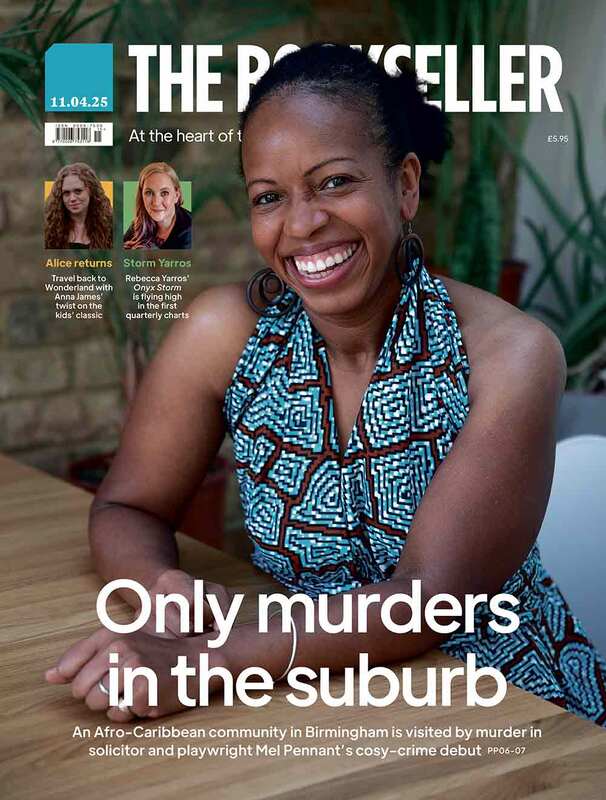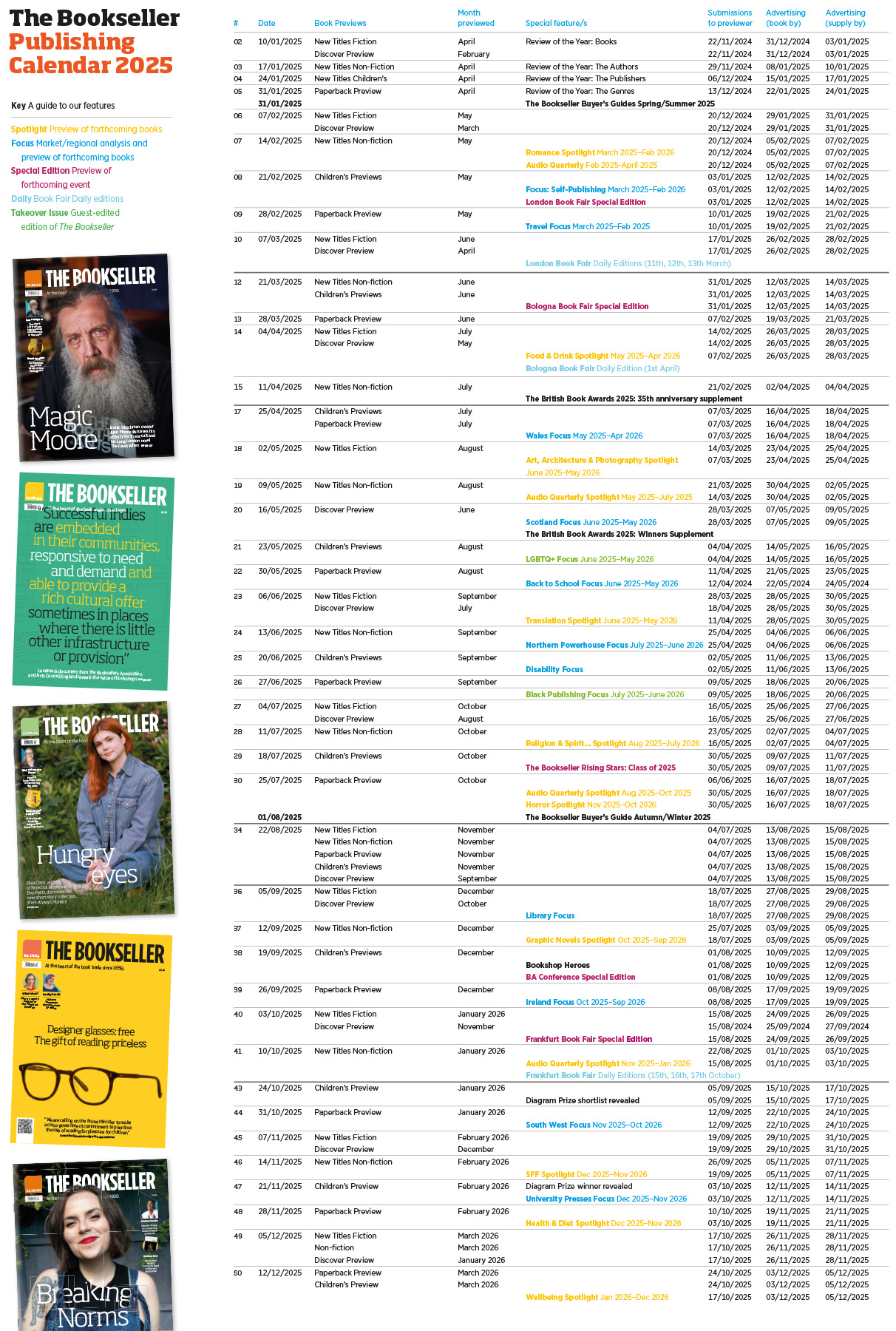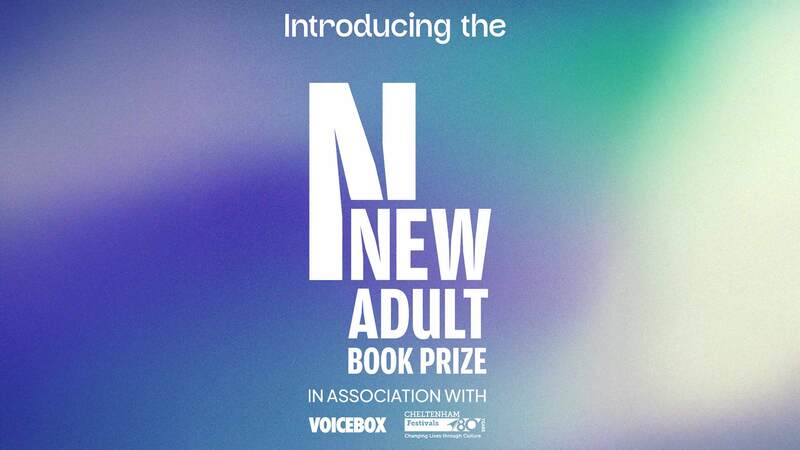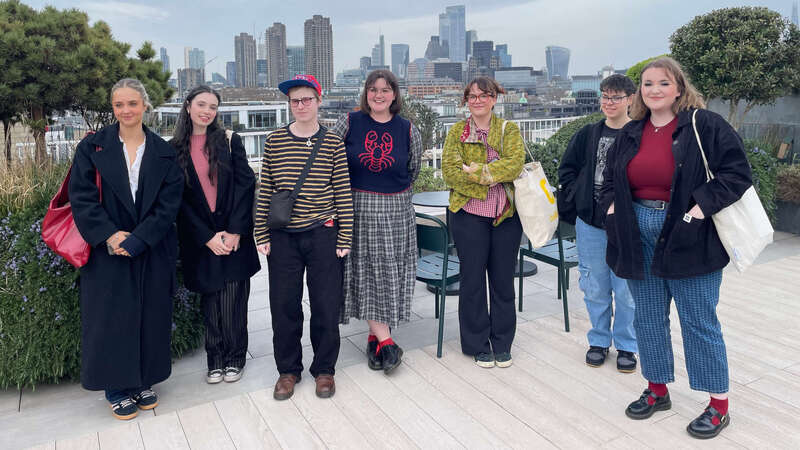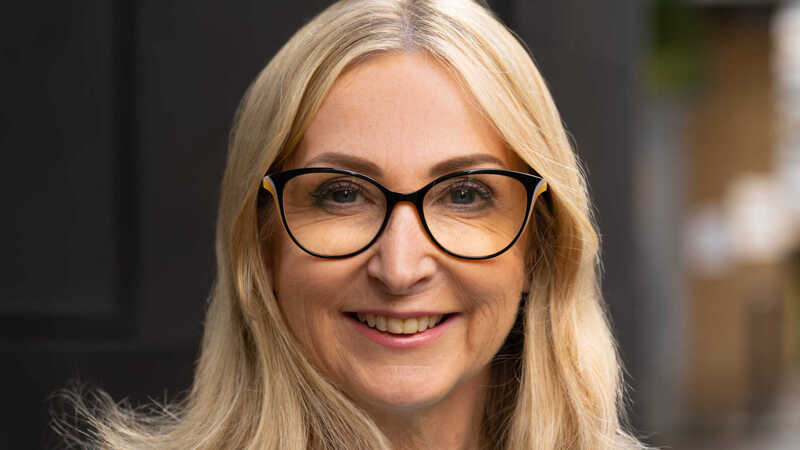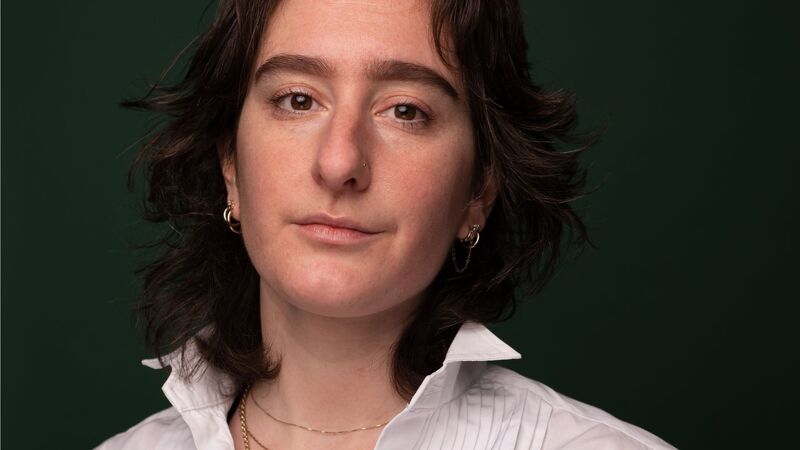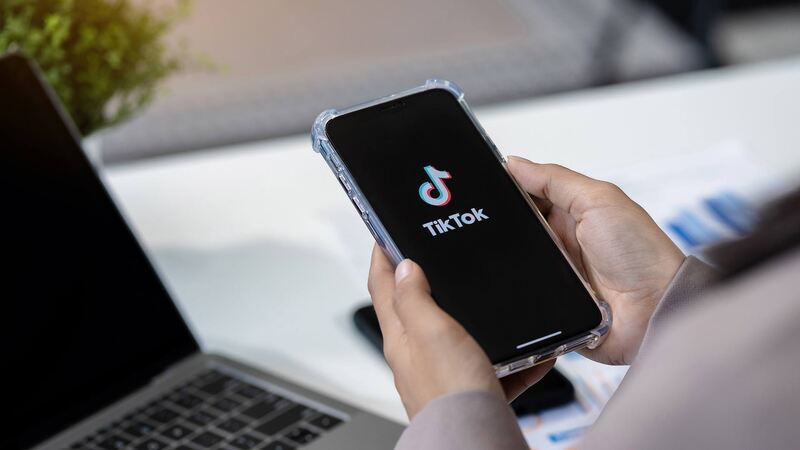You are viewing your 1 free article this month. Login to read more articles.
Penguin drops Popular Classics
Penguin is phasing out its Popular Classics series and adjusting the price on the competing editions as it looks to grow the line in the face of increased competition from free e-books.
The Popular Classics, which retailed at £2, are no longer being printed, with the higher priced versions of the main classic lines being lowered in price by £1 or £2. Stefan McGrath, Penguin Press m.d., said the move was aimed at focusing customers on the best renditions of the classics in print. “The change comes so as not to dilute the brand,” he said.
“We want to present Penguin Classics as the best available. To have this other series, which is not as strong as the main titles, presented a cognitive dissonance.”
Last week, figures from Bowker revealed that more than 20% of classics are now sold as e-books. According to Nielsen Book data, between 2007–2012 the number of classics published in paperback format fell by 11%, while the number of classics published as e-books rose by 2,489%, with many out-of-copyright works available for free online. The number of classics published as hardbacks also rose (by 115%) over the same period.
McGrath said: “We have always had to compete when it comes to public domain works. Them being available online isn’t a new issue, and it only accounts for a small proportion of the list. I’m not sure we can say the market is moving in that way or towards hardbacks—we want to target readers at every level and fill every niche.”
Penguin Popular Classics began in 1994, launched after Wordworth Editions first began producing £1 classics in 1992. They were published in A-format—as opposed to regular Penguin Classics, in B-format—and originally printed with individual covers, before taking on a uniform bright green colour in 2007.
Helen Trayler, m.d. of Wordsworth Editions, said she was pleased to see Penguin withdrawing its Popular Classics brand, but said the market for value classics in print remained strong: “Our books are available as e-books, but sales are fairly negligible. I think when people see an e-book for £1.49 and a paperback for £1.99, they would rather have a nicely printed book that they can hold in their hands. Many of the free versions online are scanned straight in from old copies and poorly formatted, so I don’t think people can trust them.”
Trayler added: “Our business is still holding up—we’re 30% up on last year. There is always demand for classics. Usually we do reprints of 5,000 copies, but in the past six weeks we have done two 30,000-copy reprints of The Great Gatsby.”
Judith Luna, senior commissioning editor of OUP World Classics, said creating a brand was key: “It has been true for a while now that the advance of e-books has had an impact on print sales in classics, because so much is in the public domain.
“Where we have to differentiate ourselves is what we can add to the books—introductions from academics, notes, and appendices. We sell e-books, and people will choose us because it is a brand they trust. But a lot of our titles are aimed at students who still value having a physical text, where it is easier than on a Kindle to access the notes, and scribble on.”


